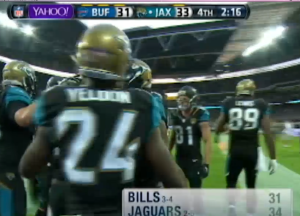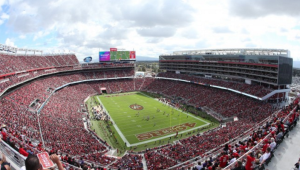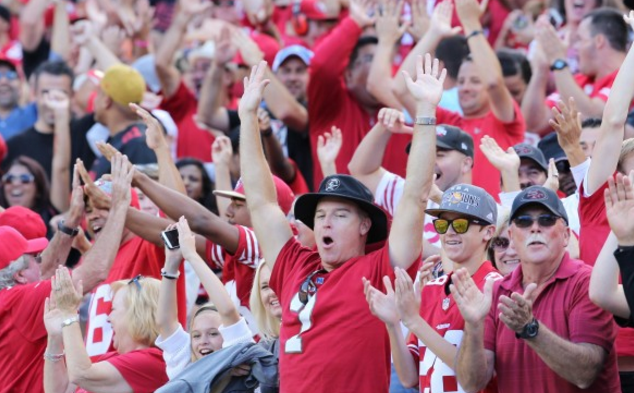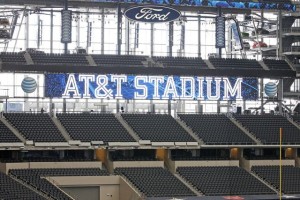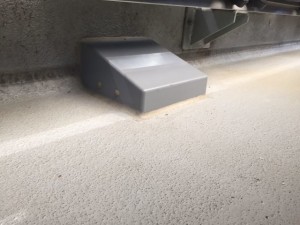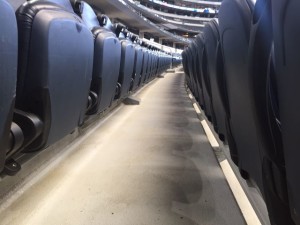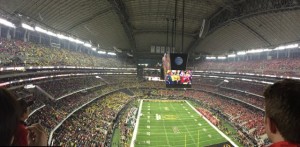Editor’s note: The following team-by-team capsule reports of NFL stadium technology deployments are an excerpt from our most recent Stadium Tech Report, THE PRO FOOTBALL ISSUE. To get all the capsules in one place as well as our featured reports, interviews and analysis, download your free copy of the full report today.
AFC NORTH
Reporting by Paul Kapustka
Baltimore RavensM&T Bank Stadium
Seating Capacity: 71,008
Wi-Fi – Yes
DAS – Yes
Extreme Networks picked up another NFL win this offseason, being selected to provide the Wi-Fi network gear for the Baltimore Ravens M&T Bank Stadium.
According to press releases from the team and Extreme, Extreme will install approximately 800 Wi-Fi APs to provide wireless service to the seating and concourse areas of the stadium. The $6.5 million network will be designed and deployed by integrator PCM Inc. of El Segundo, Calif., and the team app will be developed by YinzCam. According to the Ravens M&T Bank Stadium has a seating capacity of 71,000 for football.
The Ravens are also unveiling a new 3-D video system called freeD that the team said shows replays from every possible angle, like the replays seen on newscasts that can circle around the field of view.
Cincinnati Bengals
Paul Brown Stadium
Seating Capacity: 65,515
Wi-Fi – Yes
DAS – Yes
After putting Wi-Fi from Extreme Networks into Paul Brown Stadium for last season, the Bengals announced an additional $20 million in improvements for 2015, including newer, larger video boards. A TE Connectivity DAS in already in place, and the Wi-Fi network went through some upgrades especially in the stadium’s canopy level.
Cleveland Browns
FirstEnergy Stadium
Seating Capacity: 73,200
Wi-Fi – No, planned for 2015
DAS – Yes
While the Cleveland Browns continue to add improvements to FirstEnergy Stadium, Wi-Fi is not yet installed; according to news reports it should be available by the end of the 2015 season.
Pittsburgh Steelers
Heinz Field
Seating Capacity: 65,500
Wi-Fi – Yes/limited (club and suite areas only)
DAS – Yes
With room for 3,000 more fans in Heinz Field this season thanks to some offseason construction work, more Steelers fans than ever will be able to cheer on the Black and Gold.
Wi-Fi access, however, remains limited, not available in the full bowl but only in the FedEx Great Hall and the West Main Concourse. Clubs and suites also have free Wi-Fi, and the team said customer service reps will be available to deal with issues.

